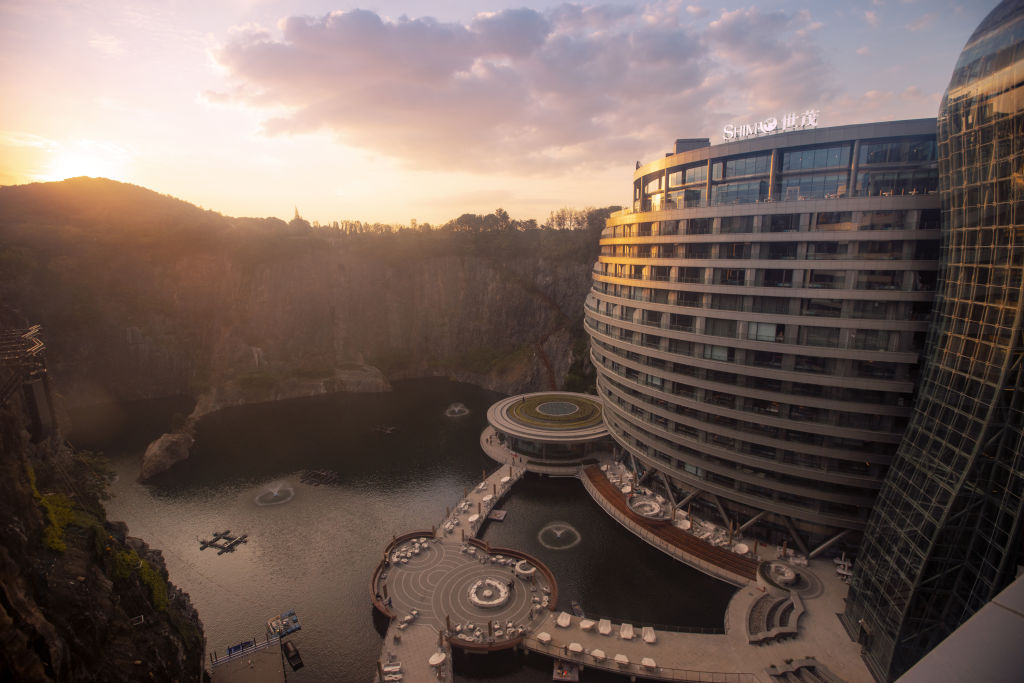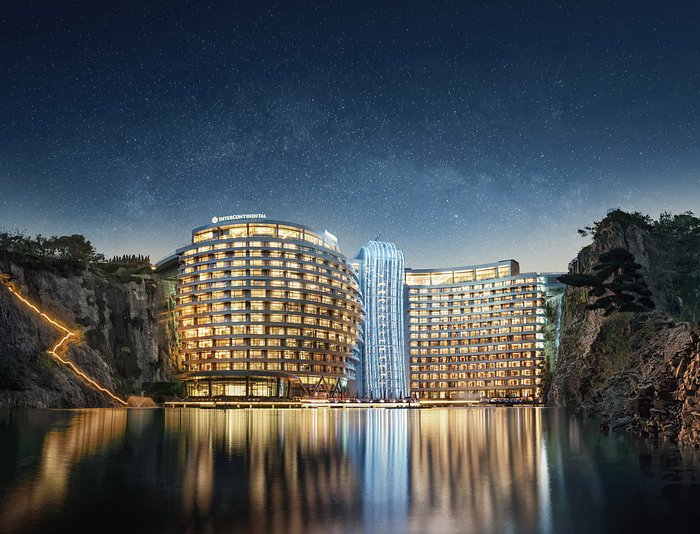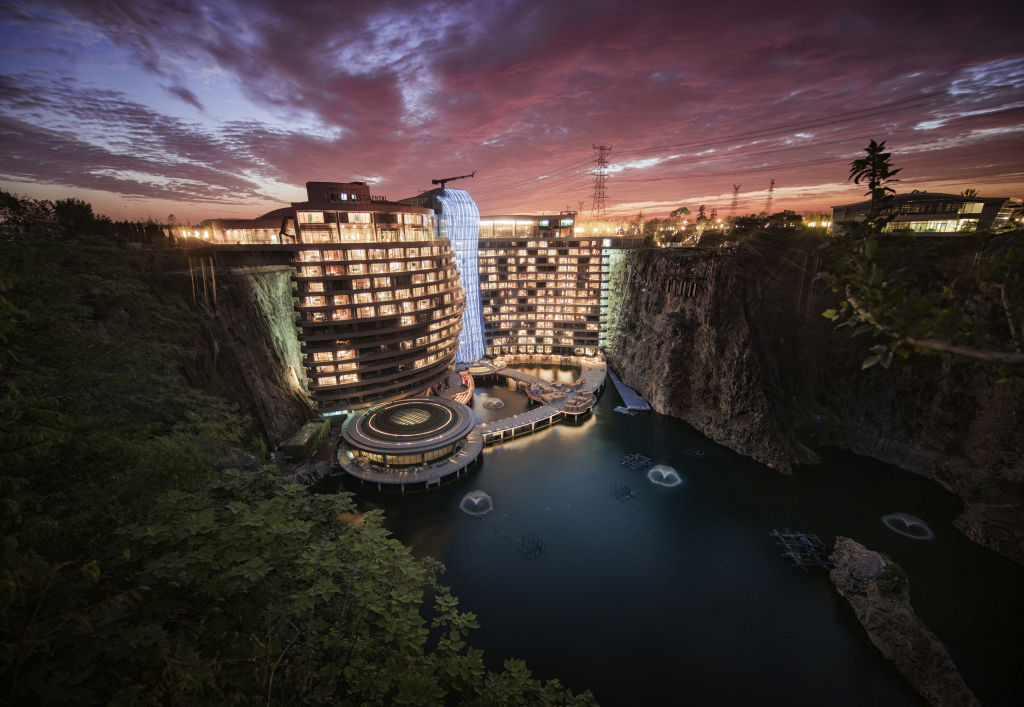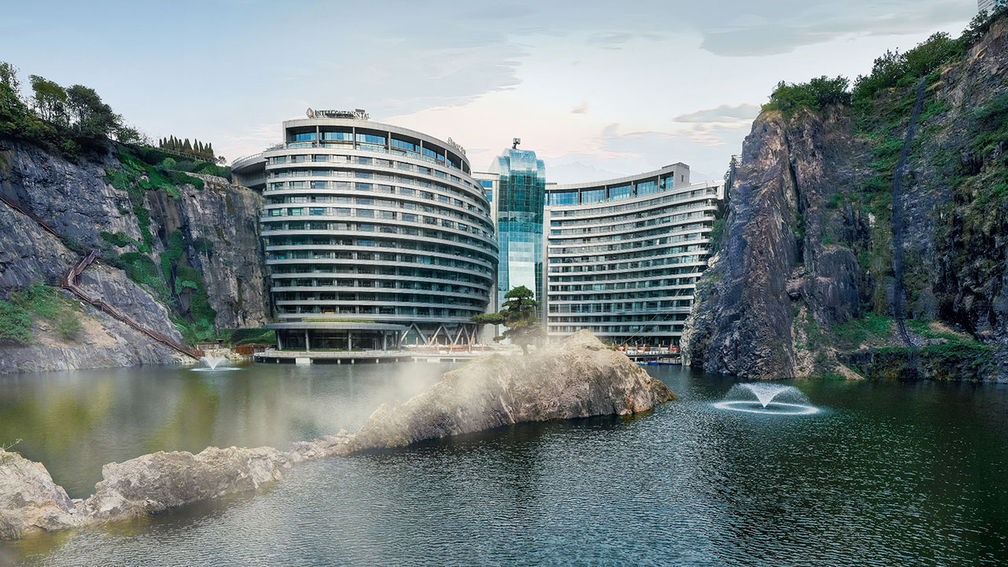
The five-star Intercontinental Shanghai Wonderland has been dubbed “the groundscraper hotel.” Photo: Blaskstation&KevinWelcome to the Intercontinental Shanghai Wonderland: What China’s first groundscraper hotel looks like
The sky’s the limit for some architects. But for others, it’s all about how low you can go.


That title is currently held by China’s first quarry hotel, which has taken architecture to new heights by sinking some 88 metres below the earth’s surface.
The five-star Intercontinental Shanghai Wonderland has been dubbed “the groundscraper hotel” for its unorthodox underground structure.
The unveiling of the unique design has also raised the possibility of similar projects across Australia’s abandoned or underutilised quarries.

China’s first quarry hotel, the structure sinks 88 metres below the earth’s surface. Photo: JADE+QA
It would be a novel architectural approach in the aftermath of the nation’s mining boom, says Australian architect Jessica Liew.
“For example Perth has got a lot of mining built towns that have been left derelict, apparently,” she says. “It would be good to revive all of that. If they’re there now, why let them go to waste?
“Rather than building new infrastructure, a new town, use whatever you have there and revive it. It’s the same as reviving old Melbourne laneways.”


Some architects say Australia can learn from the Intercontinental Shimao Wonderland by reviving old structures. Photo: Blaskstation&Kevin
Architect Martin Jochman has echoed those thoughts, telling design magazine Dezeen the hotel could be a blueprint for how to develop disused industrial sites.

“We already have the Eden Project in Cornwall, or the Sunway in Kuala Lumpur and a few others, but yes the Shimao Wonderland Intercontinental is a great inspiration for how to utilise difficult ‘brownfield’ site for leisure in a way that balances the natural and man-made environment,” he said.
Sustainable architecture has taken hold across the globe with architects pushing the boundaries by incorporating renewable energy sources and increasingly integrating trees and plants into designs.